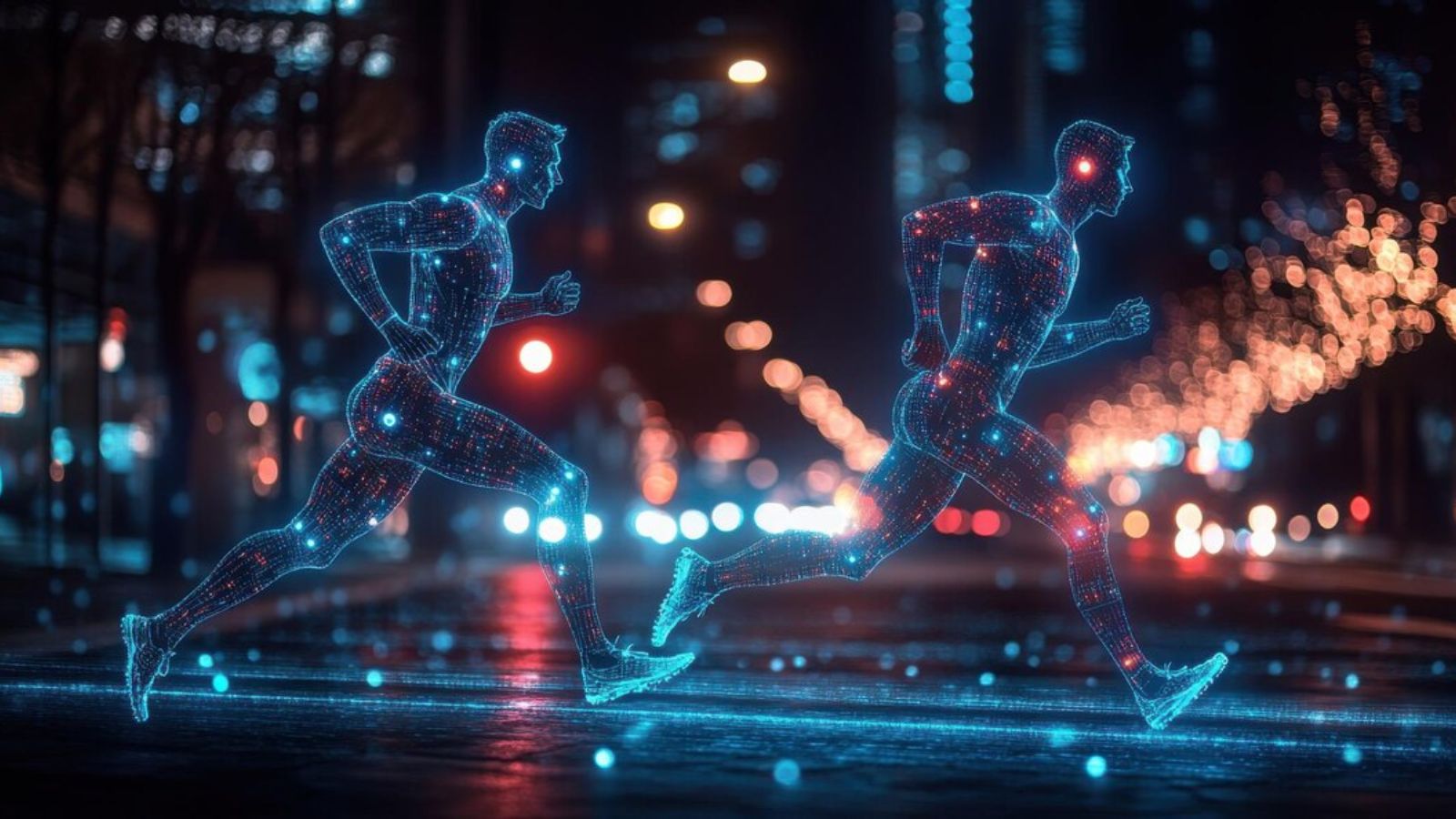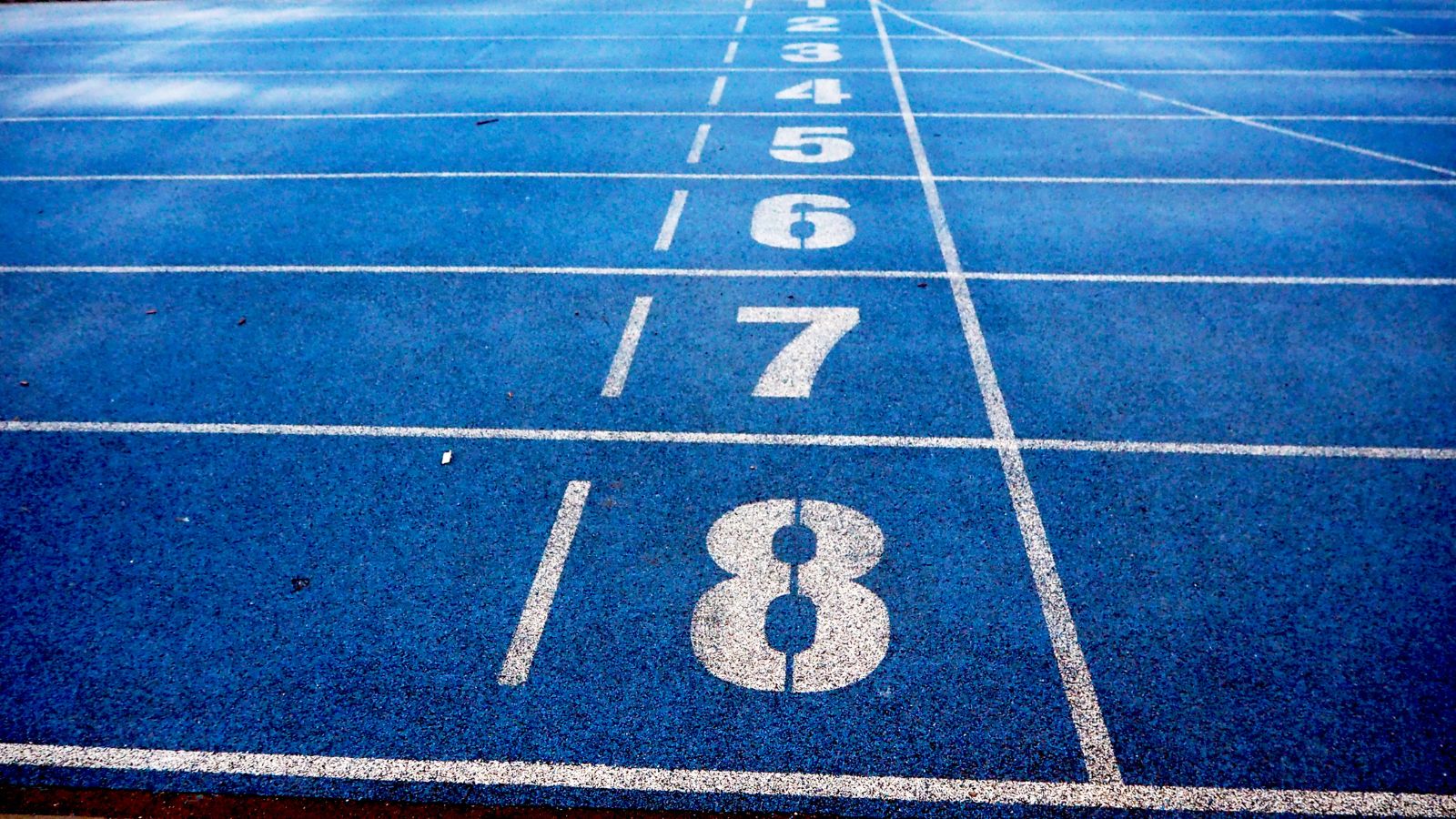According to current methods, athletes training for championships would have no game experience—no injuries, no exhaustion—just pure data-driven improvement. That’s what digital twins offer. Virtual athlete representations examine complete athlete movements alongside muscle activities and heartbeats. The technology predicts injuries before they occur, continuously enhances real-time strategies, and creates highly tailored training programs. Such advanced technology already exists today.
What Are Digital Twins In Sports?
Digital twins are more than simulated models because they function as complete virtual replicas of athletes. The digital model draws information from live biometric measurements and movement data to represent athlete body characteristics and performance metrics accurately. Just as online casino platforms use real-time algorithms to analyze player behavior, digital twins process vast amounts of data to refine athletic performance. Through this, coaches and trainers acquire precise knowledge about muscle responses during high-stress moments, fatigue’s impact on reaction speed, and micro-technique alterations.
The most fascinating part? These twins continuously evolve. The digital model receives updates from each training session movement an athlete performs. The processed data reveals strengths, weaknesses, and undetectable risks to AI. These insights have revolutionized sports science, surpassing any human coach’s capabilities to observe without instruments.
How Digital Twins Are Created
Creating a digital twin remains out of most people’s reach. One needs to use a highly advanced and highly scientific approach. Take a look at the different processes that can be employed to achieve this:
- Motion capture sensors can accurately track every action, from a golfer’s swing to a football player’s sprint.
- Wearable biometric devices, such as smart bands and patches that track heart metrics, muscle strain, and fatigue in real time, also fall into this category.
- AI-powered data analysis records — the athlete’s performance and compares it with millions of data points. Algorithms then predict trends and possible injuries.
Everything detailed above is compiled into a twin that is nothing short of a highly accurate digital replica. Just like Melbet India uses data-driven insights to optimize user experience, digital twins rely on real-time analytics to improve an athlete’s performance. Every heartbeat, muscle twitch, and movement is mapped. The most interesting part is that the digital twin continually learns from each action the athlete takes, enhancing its feedback.

Enhancing Training Through Digital Twins
Athletes now depend on optimized tactics because they receive pre-game optimization of every decision and movement strategy. Digital twins provide a safe and exact training environment that lets them test their limits without risking harm. This technology provides advanced skill development while increasing performance duration, delivering results that challenge all previous limits.
Personalized Performance Analysis
No two athletes are alike. Athletes competing at the same level possess different characteristics of strength and deficiency. Digital twins enable fully customized training through their capabilities. The artificial intelligence system identifies areas where athletes can improve because they lose time during running steps, make incorrect angle assessments, or develop excessive muscle fatigue.
The collected data enables training activities to become evidence-based. Every training strategy and drill is solely based on factual information. The result? Faster improvements and efficient workouts lead to peak performance through innovative methods rather than hard work.
Injury Prevention And Recovery
A single improper action might terminate the season. Digital twins detect potential risks by examining joint strains, muscle exhaustion, and erroneous body postures. Knee strain in football? Shoulder overload in tennis? These issues are spotted early.
Recovery is just as precise. Digital twins assess athlete readiness by comparing their pre-injury data to present-time measurements. Scientific data provides complete safety to athletes who experience a return to full strength without any delays.
Impact On Team Strategies
Since the beginning, coaching has relied on experience, intuition, and film analysis. However, it introduce an entirely different dimension to athletic performance. Teams that move beyond depending on past performance data now simulate future matches with exceptional precision. Through these simulations, a coach evaluates different team arrangements and measures player response under pressure while identifying defense vulnerabilities until the players produce their initial pass. Data supports all tactical choices, enabling teams to adjust their strategies through more efficient and faster processes.
Even substitutions become smarter. It offers exact readings of player stamina levels rather than making coaches guess about fatigue. If a midfielder’s sprint efficiency drops, the system alerts the coach instantly. The system delivers performance optimization to all field players without wasting opportunities or taking unneeded risks.

The Future Of Digital Twin Technology In Sports
This is only the beginning. Advanced AI systems and data collection technologies will let digital twins forecast athlete careers, enabling talent detection and enhancement of mental training. Through virtual training in a computer-based environment, athletes can develop their skills before real games, thus maximizing their training effectiveness in the future. Digital twins will entirely rule sports, and the only question is the speed of their adoption.

